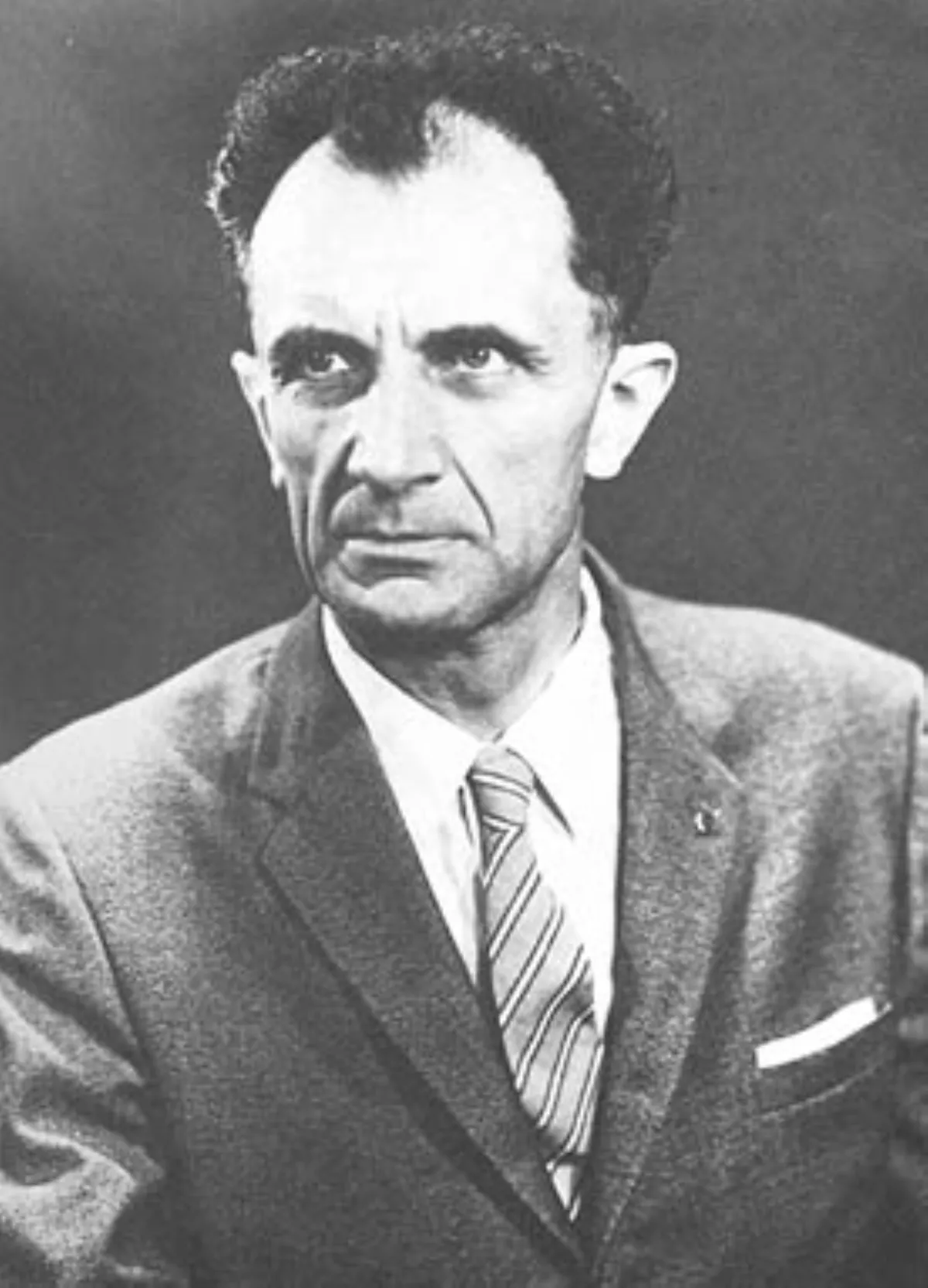 1.
1. Adolf Busemann was a German aerospace engineer and influential Nazi-era pioneer in aerodynamics, specialising in supersonic airflows.

 1.
1. Adolf Busemann was a German aerospace engineer and influential Nazi-era pioneer in aerodynamics, specialising in supersonic airflows.
Adolf Busemann introduced the concept of swept wings and, after emigrating in 1947 to the United States under Operation Paperclip, invented the shockwave-free supersonic Busemann biplane.
Adolf Busemann held various positions within the German scientific community during this period, and during the war he was the director of the Braunschweig Laboratory, a famous research establishment.
Adolf Busemann discovered the benefits of the swept wing for aircraft at high speeds, presenting a paper on the topic at the Fifth Volta Conference in Rome on October 3,1935, the very day of Italian invasion of Ethiopia which caused a delay of his talk.
Adolf Busemann moved to the United States in 1947 and started work at NACA's Langley Research Center.
Adolf Busemann jokingly referred to aerodynamicists as needing to become 'pipe fitters'.
Adolf Busemann later invented Busemann's Biplane, a supersonic design he originally proposed in 1936 that emits no shock waves and has no wave drag, at the cost of having no lift.
Adolf Busemann did early work on magneto-hydrodynamics in the 1920s, as well as on cylindrical focusing of shock waves and non-steady gas dynamics.
Adolf Busemann held a professorship at the University of Colorado from 1963 and suggested the use of ceramic tiles on the Space Shuttle, which were adopted by NASA.
Adolf Busemann was awarded the Ludwig-Prandtl-Ring from the Deutsche Gesellschaft fur Luft- und Raumfahrt for "outstanding contribution in the field of aerospace engineering" in 1966.